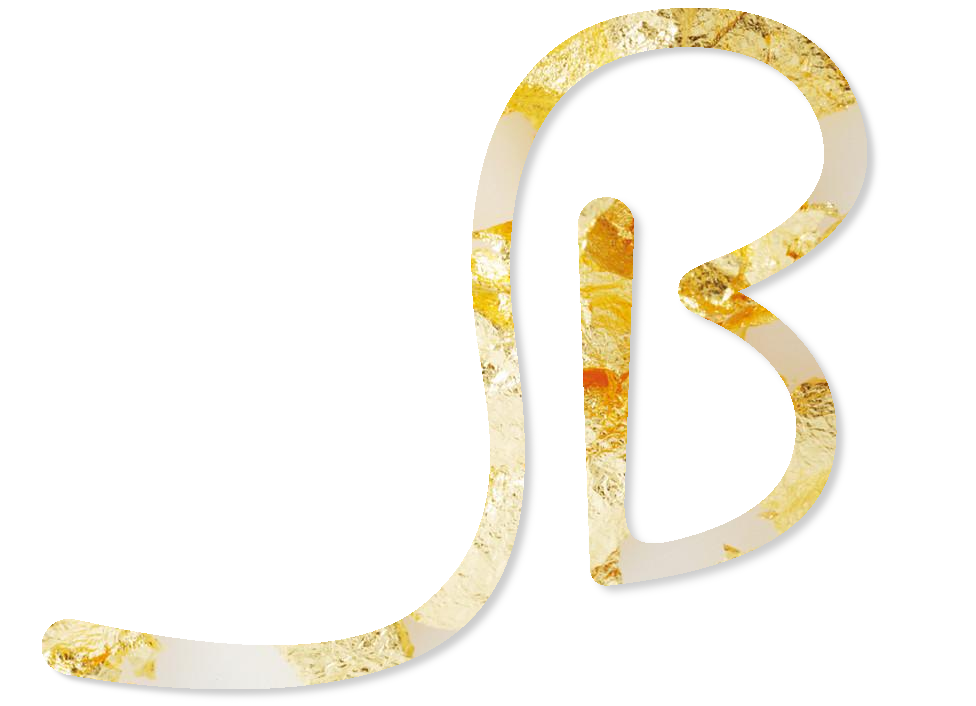A brief history of picture frames
The history of picture frames in the following description is based upon the National Portrait Gallery's collection of picture frames located in London, England. The picture frame by the early 16th c. was at that time made by a joiner. These frames were an integral part with the panel and the image had to be painted within the frame's perimeter. These frames had usually painted finishes, which were black or dark brown. These early frames and panels were joined by lapped joints and doweled permanently together. The artist, however, could not freely remove the panels from their frames.
The next style of frame was made independent from the panel whereby the panel was fit into the back of the frame. In the early 17th c. the picture frame's profile was becoming increasingly more elaborate than earlier picture frames. They consisted of and inner raised lip that was often gilded with gold. Beside the lip was the frieze. It was usually a flat painted surface. Outside the frieze was the back edge. It was a more prominent raised portion compared to the inner lip. The gilded finish next to the painted finish provides a well-balanced contrast demonstrating a greater understanding of picture frame composition.
By the end of the 17th c. the demand for picture frames and the fashion for more elaborate frames made picture frame making into a significant business. Those involved in picture frame making were the joiners, carvers, and gilders. The joiners milled the wood and dealt with frame construction. In the late 17th c. lap joints became less prominent when joiners started using mitered joints fixed with tapering keys in each corner. The carvers received the raw wood frame and had to add elements to the frame so that certain ornamentation could be present. Once the carving was finished the gilder would then prepare the surface of the raw wood so that the gold leaf would adhere.
Gilding in the 17th c. was found on many of the picture frames. Oil gilding was the most preferred due to its durability. But by the end of the 17th c. water gilding was becoming popular because of its full gleaming intensity. The surface of the gold, using the water gilded process, could be burnished in to the slay base to give a high sheen. The increased fashion for carved and gilded frames was helped along by the gold beater's ability to provide gold leaf in large quantities and consistently make it 1/290,000 of an inch thick. The availability of gold as well as its precious nature has lead picture frame making into a world of wonder and amazement up until the present day.

